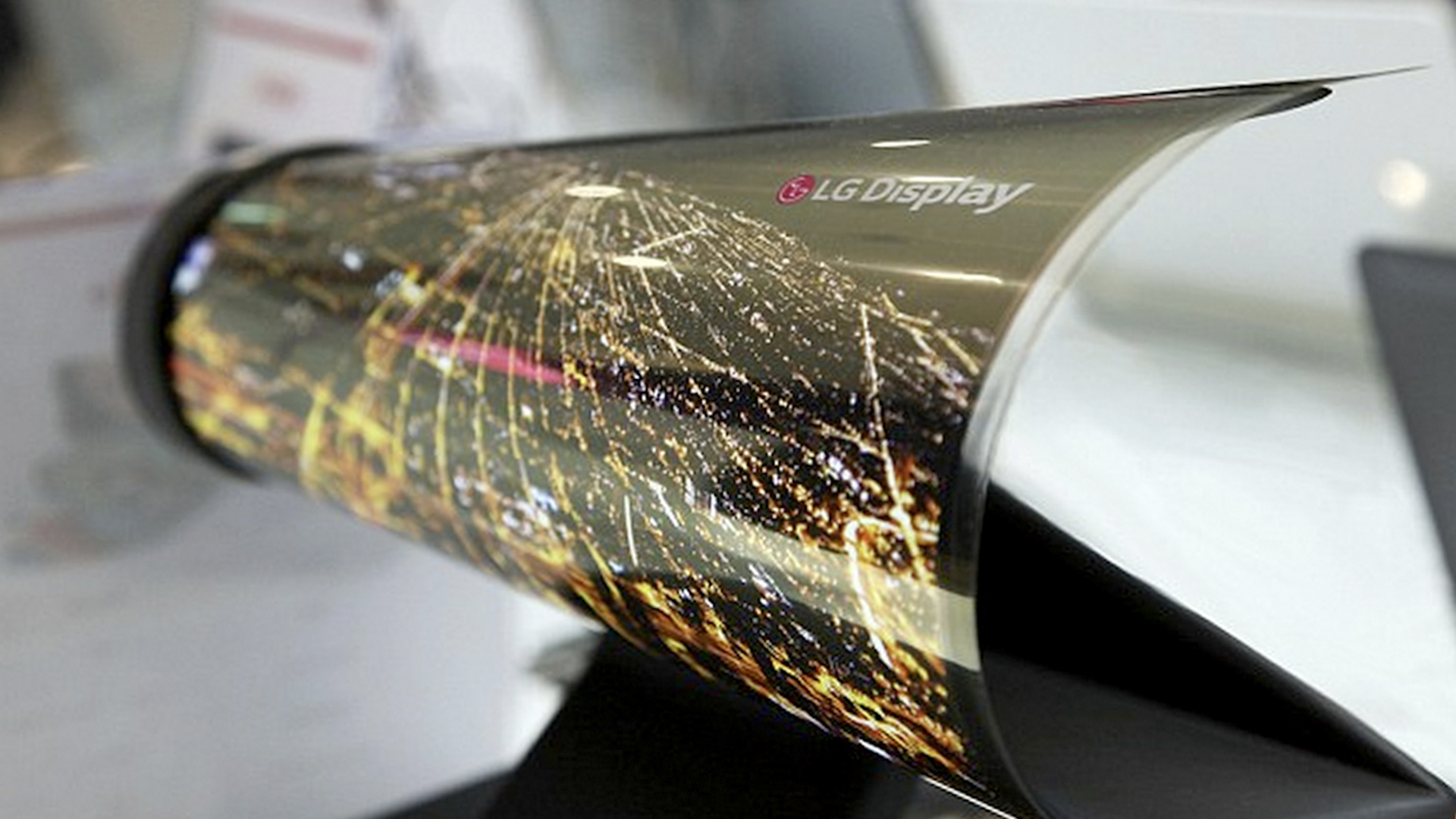
CES got us really excited for the amazing 4K Ultra-HD screens coming our way in 2016. From Samsung's curved SUHD with Quantum Dot display to LG's G6 Signature OLED TV, there's no shortage of stunning sets on the horizon for later this year.
And while Samsung and LG gave us the immediate payoff of their 2016 flagship products, they also gave us a sneak peek at the future of the category with one-of-a-kind prototypes that can only be seen on the CES show floor, well, until now.
The TVs you'll find below are all unique from anything on the market now. They take concepts from science fiction and modify them for a modern audience. Four of them won't be ready for market for another five years, while the fifth one is already in production.
Samsung Modular TV
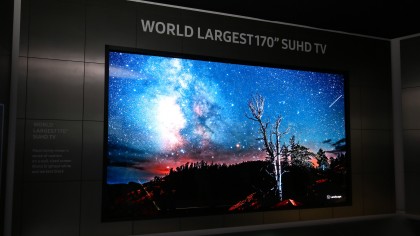
Tucked in the very back of Samsung's booth was a station labeled "Future TV Zone" where dozens of journalists, exhibitors, buyers, futurists and just general tech-lovers stood around gawking at Samsung's impressive 170-inch SUHD behemoth.
Now, a massive, ultra-high definition screen isn't something new or all that interesting. Manufacturers like LG, Samsung and Sony make them all the time for sports arenas or super wealthy restaurants and bars.
But a 170-inch screen made from a dozen or more 20-inch screens, and can rearrange itself from a 16-by-9 ratio to a 21-by-9 aspect ratio with the flip of a button? Now that's new.
Samsung says this modular technology could be used to build large TVs over time or make shipping large screens from place to place possible without renting a truck to get it there. Theoretically it might reduce the cost of massive TVs, too, since Samsung can then focus on making one type of standard panel instead of the 20-25 new models it makes every year.
Get daily insight, inspiration and deals in your inbox
Sign up for breaking news, reviews, opinion, top tech deals, and more.
Samsung Transparent OLED
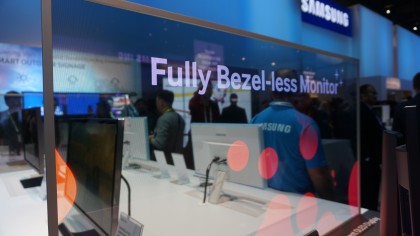
But the modular screen wasn't the only innovation from Samsung's R&D department this year. The second nifty screen display Samsung was showing off was its window pane-thin transparent OLED screens, something the company hopes will find traction more so with big retail stores than the average Netflix watcher.
This isn't the first time the transparent display technology has been on, well, display, but it is the first time we've seen it available on a show floor outside of Asia.
Read: Samsung's latest OLED can be a mirror, a window or a TV
LG Flexible Display
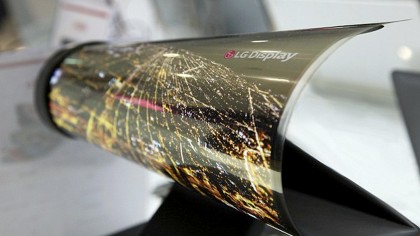
Like 3-D, curved screens have been pushed down our throats for the past seven years with middling results. But we should be thankful for the curved revolution, if only because it's brought about a second, more important innovation for the display industry: completely bendable full HD screens.
While Samsung locked down the idea of building a massive video wall, LG made some steps on the other end of spectrum by showing select groups of journalists a pocket-sized foldable display that came in at 18 inches (45.7cm) corner to corner.
If the idea of trading in your brand-new 55-inch 4K screen for something a quarter of the size in a 1,280x810 resolution doesn't sound appealing, don't worry. LG has plans to use the smaller screen as a blueprint for building standard, 55-inch and up Ultra-HD screens sometime down the road.
LG 8K Super UHD TV
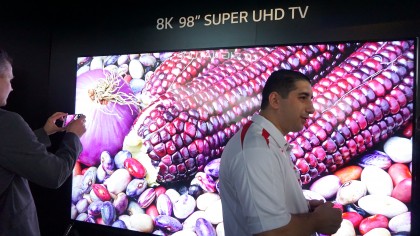
LG is nothing if not forward-thinking. Need an example? How about its new 8K Super Ultra-High Definition TV. The fact that there are fewer than 200 4K movies available to purchase and a handful of Ultra-HD television shows hasn't stopped the South Korean giant from going all-in on a consumer-ready 8K TV set for launch in 2016.
What exactly makes it "Super" besides the extra lines of pixels? The Super UHD screen has HDR Plus and Color Prime Plus, two of LG's proprietary display technologies that increase contrast and color spectrum, as well as the new and improved webOS 3.0.
Panasonic Invisible Display
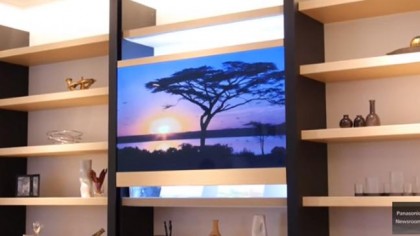
Similar to Samsung's transparent OLED, Panasonic's Invisible Display thinks that future frames should only be seen when they're in use. To that end, it's creating a line of invisible displays that, as you might expect, look like a standard panel of glass when not in use.
In a demo at CES, Panasonic put one of the screens in the middle of bookshelf. Behind what looked like a standard glass window was a vase, an antique bottle and two vinyl records. While the collectibles were certainly nice, they weren't the star of the show.
Once someone turned on the power, a black bar shot across the screen before covering the entire screen in an inky black. What appeared next were a few short clips of wildlife, a monkey and a lion, before the screen returned to its normal state of transparency.
- Sad to see it go? We are too. Here are all the highlights from CES 2016!
Nick Pino is Managing Editor, TV and AV for TechRadar's sister site, Tom's Guide. Previously, he was the Senior Editor of Home Entertainment at TechRadar, covering TVs, headphones, speakers, video games, VR and streaming devices. He's also written for GamesRadar+, Official Xbox Magazine, PC Gamer and other outlets over the last decade, and he has a degree in computer science he's not using if anyone wants it.
